The automotive world has witnessed a curious resurgence in recent years—one that defies the relentless march of progress toward automation and electrification. Amidst the sea of dual-clutch transmissions and torque-converter automatics, the manual gearbox, long declared obsolete by industry pundits, has staged an unexpected comeback. Nowhere is this revival more passionately embodied than in the Porsche 911 GT3, a car that wears its anachronistic three-pedal layout not as a compromise, but as a badge of honor.
Walking up to the latest GT3, there’s an immediate sense of purpose that transcends its spec sheet. The rear wing, the gaping intakes, the center-lock wheels—all whisper of track-bred intentions. But it’s the sight of that short-throw shifter, standing proudly between the seats, that signals this car’s true allegiance. Porsche could have easily equipped the GT3 with their brilliant PDK transmission, a unit capable of shifts measured in milliseconds. Instead, they listened. To the enthusiasts, to the purists, to those who still believe driving is an act of communion rather than convenience.
Slipping into the driver’s seat reveals an environment that feels refreshingly analog in our digital age. The pedals are arranged for heel-and-toe downshifts, the shifter throws are mechanical in their precision, and the clutch—while heavier than your average commuter car—communicates with a honesty long absent from modern vehicles. Starting the flat-six unleashes a metallic wail that seems to vibrate through the aluminum pedals themselves, a reminder that every component here exists to serve the driver’s inputs.
On the road, the manual GT3 makes no apologies for its demands. Unlike modern performance cars that use software to mask imperfect technique, this Porsche lays bare every mistake. A botched rev-match results in a lurch that travels straight up your spine; an ill-timed shift interrupts the symphony behind you. But get it right—that perfect downshift into a tightening corner, the throttle blip timed to the millisecond—and the reward is transcendental. The mechanical sympathy between man and machine becomes palpable, a dialogue conducted through vibrations, sounds, and the subtle resistance of controls that haven’t been sanitized for mass consumption.
The brilliance of Porsche’s approach lies in their refusal to treat the manual transmission as a nostalgic afterthought. The GT3’s gearbox isn’t some carryover unit from a base model; it’s a bespoke component engineered to withstand track abuse while delivering tactile satisfaction. The ratios are perfectly spaced for the 4.0-liter naturally aspirated engine’s powerband, each cog selected to keep that glorious flat-six singing between 5,000 and its 9,000 rpm redline. This is a transmission that doesn’t just work with the engine—it completes it.
Driving the manual GT3 quickly reveals why Porsche’s engineers still champion this ancient technology. On a twisting backroad, the act of working through the gears becomes a rhythmic dance, each shift a conscious decision rather than an automated process. The direct mechanical connection allows for nuanced throttle modulation during corner exit, something even the best automatic transmissions struggle to replicate. There’s an artistry to balancing the clutch, throttle, and steering inputs that no algorithm can truly duplicate—a realization that strikes with every perfectly executed heel-toe downshift.
Perhaps most surprisingly, the manual GT3 doesn’t feel like a relic in performance terms. The 502-horsepower engine’s linear power delivery pairs perfectly with the driver-controlled gear changes, allowing for more precise power application than any computer could manage. Porsche claims the manual is slightly slower around a track than the PDK version, but the difference is negligible for all but professional racers. What you lose in ultimate shift speed, you gain in engagement—a trade that most enthusiasts will make without hesitation.
In an era where cars increasingly isolate drivers from the mechanical realities of motion, the manual GT3 stands as a defiant reminder of what we risk losing. It’s not just about nostalgia; it’s about preserving a form of interaction that engages both mind and body. Every input requires thought, every control demands respect. The satisfaction comes not from how fast you arrive at your destination, but from the quality of the journey itself.
The manual transmission’s revival in cars like the GT3 suggests something profound about automotive desire. As our daily drivers become ever more autonomous and disconnected, there grows a countervailing hunger for machines that demand something from us. The Porsche 911 GT3 with three pedals isn’t just a car—it’s a statement, a commitment, a mechanical philosopher’s stone that turns the base metal of transportation into the gold of experience. In choosing the manual, drivers aren’t rejecting progress; they’re asserting that some pleasures shouldn’t be optimized away.
Porsche’s commitment to the manual GT3 speaks volumes about their understanding of driving purity. While competitors chase lap times with increasingly complex systems, Porsche has created a car that measures performance not just in seconds, but in smiles per mile. The manual GT3 doesn’t represent the past clinging to relevance—it demonstrates that true driver engagement remains relevant even in our automated future. For those who still believe driving is an art form, that shift lever standing proud between the seats isn’t just a control—it’s a paintbrush.
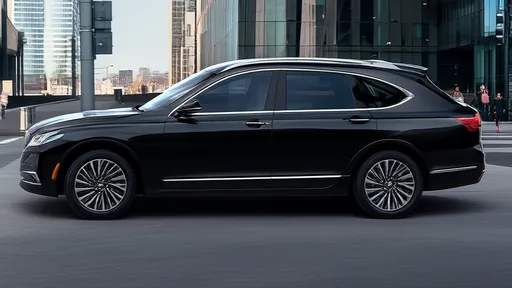
By /Jun 14, 2025
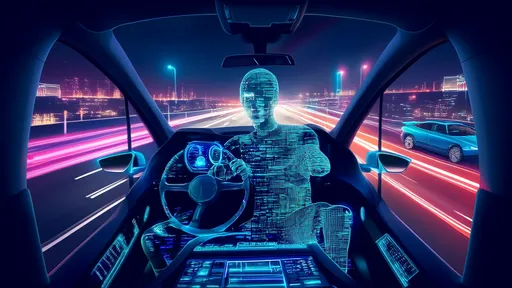
By /Jun 14, 2025
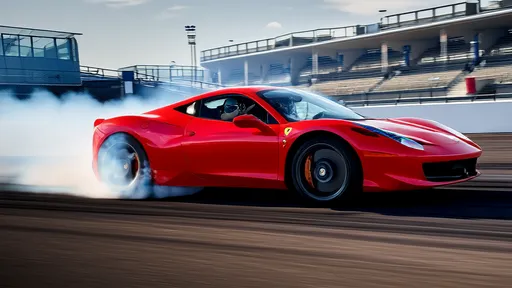
By /Jun 14, 2025

By /Jun 14, 2025
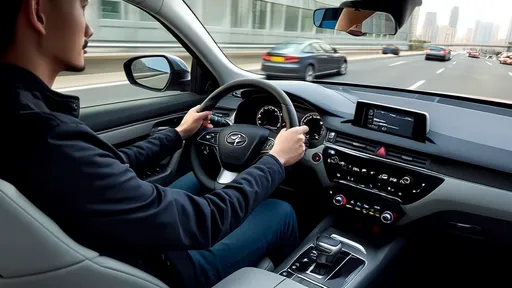
By /Jun 14, 2025

By /Jun 14, 2025
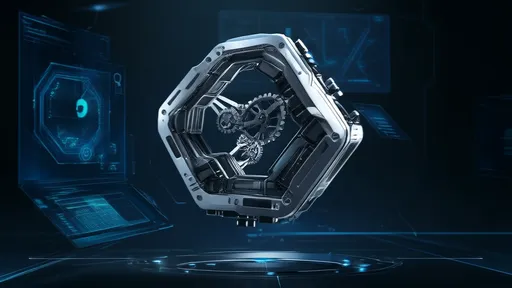
By /Jun 14, 2025
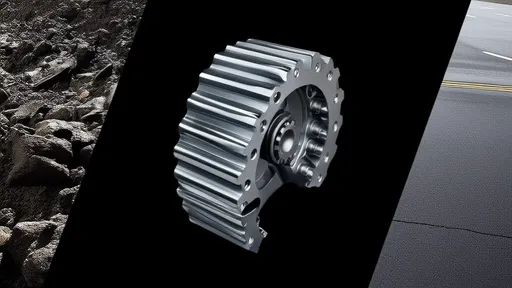
By /Jun 14, 2025
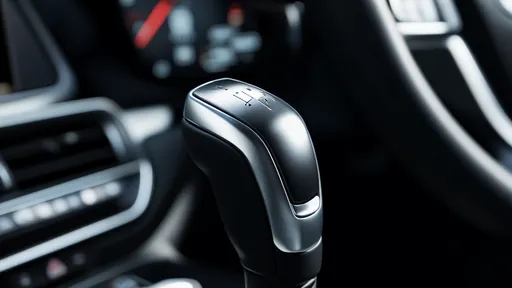
By /Jun 14, 2025
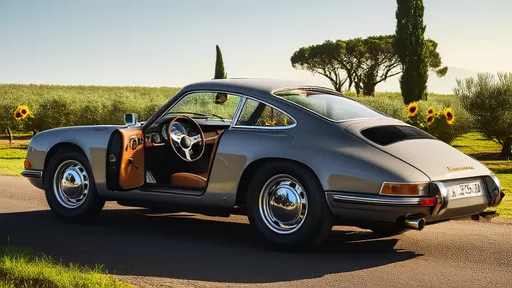
By /Jun 14, 2025
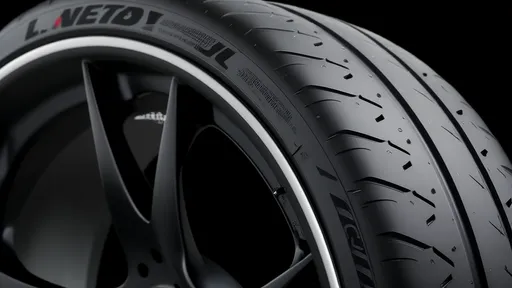
By /Jun 14, 2025
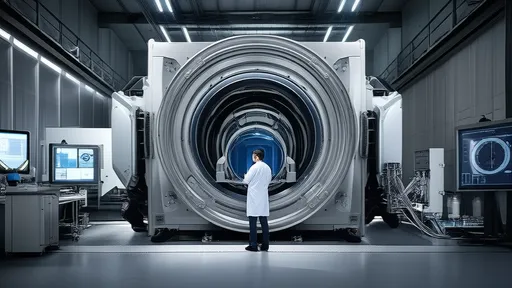
By /Jun 14, 2025
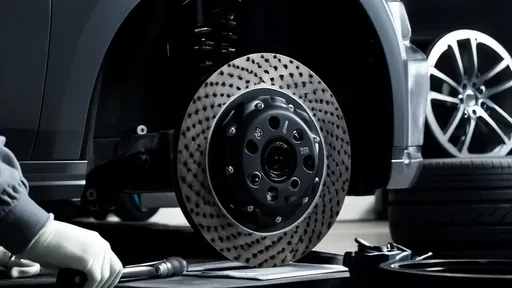
By /Jun 14, 2025
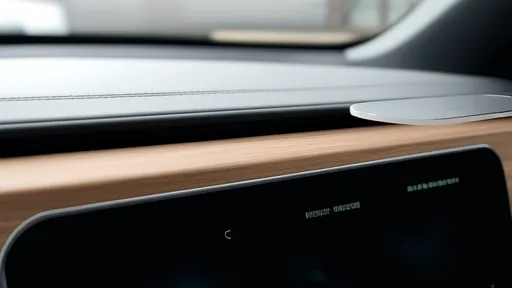
By /Jun 14, 2025
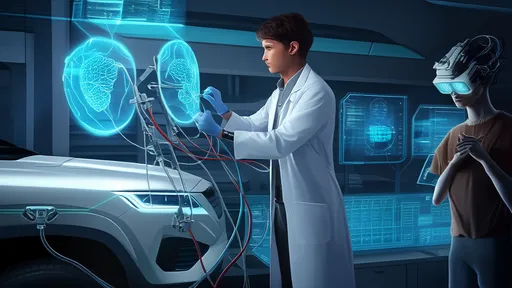
By /Jun 14, 2025
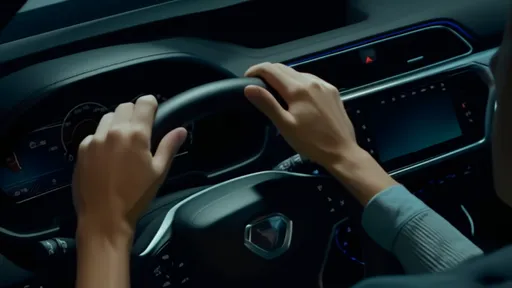
By /Jun 14, 2025
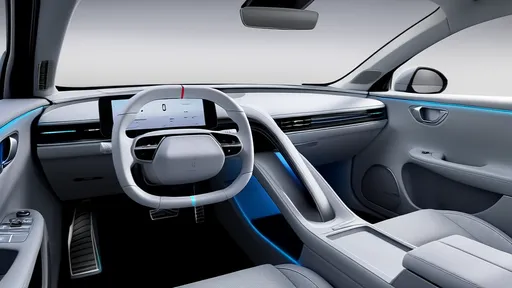
By /Jun 14, 2025

By /Jun 14, 2025